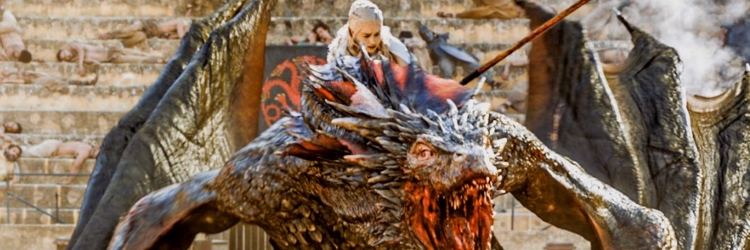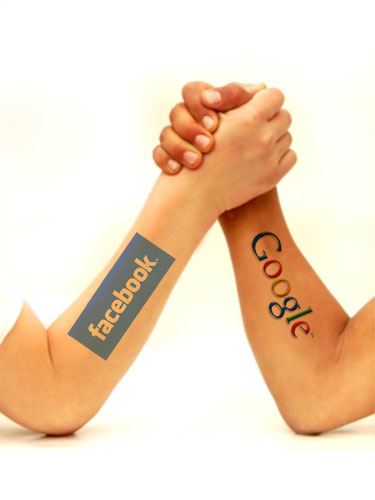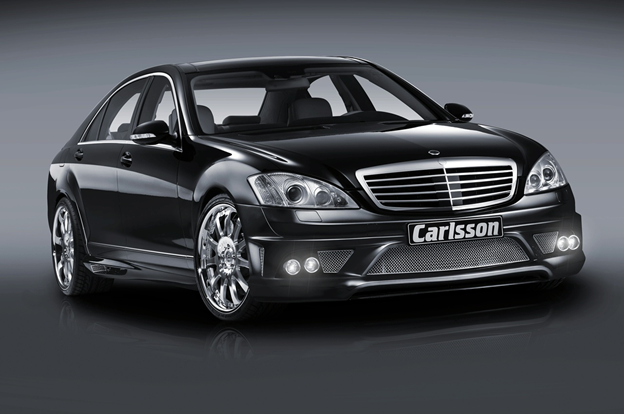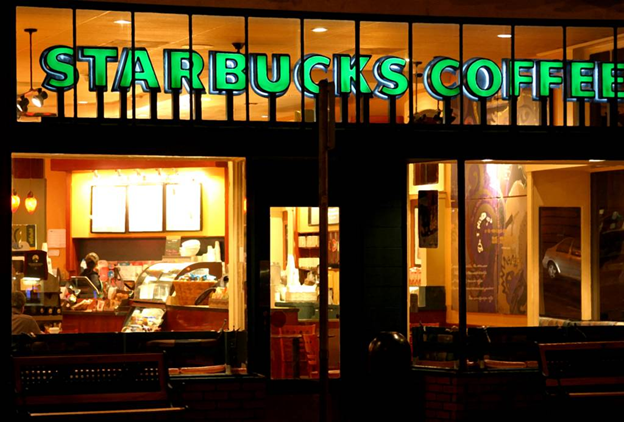How Much Does it Cost to Look 19 When You’re 55?
February 4, 2012 in Daily Bulletin

In its latest issue New York Magazine took a look at how much it would cost to drink from modern medicine’s fountain of youth. Working with plastic surgeons they estimated how much it would cost every year for an actress to look like she was 19 again. Their findings include:
- When you’re 25 it’d cost just $49,000 for procedures such as a lip filler and ultrasound cellulite therapy.
- At the age of 35 it still only costs $51,000 to turn the years back to the late teens.
- By the age of 45 it’s time to re-do the breast implants and you can expect to pay $55,000 for that and other procedures.
- When you hit 55 you’ll have to fork out $66,500 to regain vitality that still only runs skin deep.
- Over the years the costs total up to $856,000.
To read more about the procedures necessary and a precise cost breakdown click here.
Source: New York Magazine
Via: Newmark’s Door

















Join the Discussion! (No Signup Required)